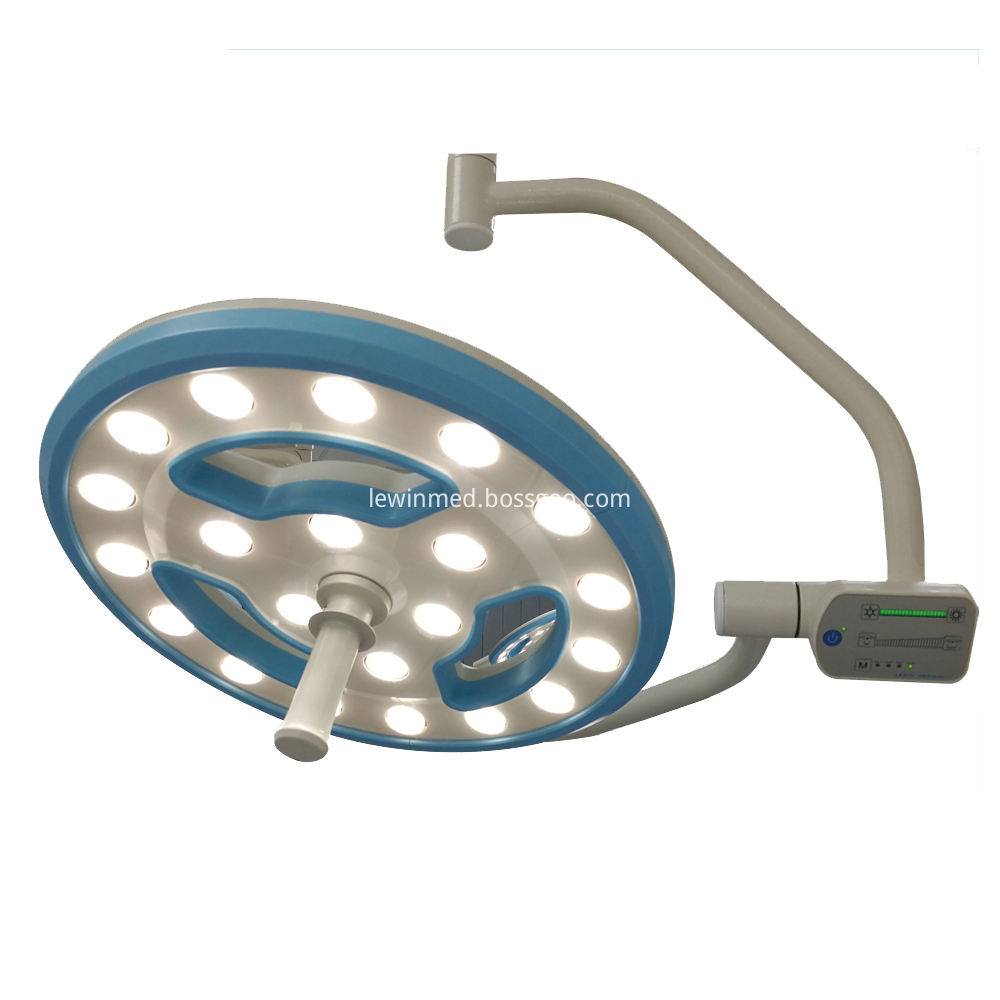The survey found that when greenhouse fertilizers are applied to inorganic fertilizers, they often have the following misunderstandings, which not only reduces fertilizer efficiency, but also brings some negative effects. It is worth paying attention to. Carbon ammonium and ammonium sulfate are applied in winter greenhouses. After the application of ammonium bicarbonate, a large amount of ammonia will be volatilized, which is unfavorable for the growth of vegetables; ammonium sulfate is a physiological acidic fertilizer, which will increase the acidity of the soil after application. Ammonium bicarbonate is a fast-acting fertilizer for winter greenhouse vegetable topdressing. Even at a soil temperature of 5°C, it can be transformed and absorbed by crops. However, it should be applied with deeper application. Generally, it is opened at 8-10 cm from the roots of vegetables. The ditch with a depth of centimeter, after the application of the earth, it can be used for tightness, which can increase the utilization rate by 10%-30%. Dosing of diammonium phosphate is more frequent in winter. Vegetables need a lot of nitrogen and potassium, and they need less phosphorus. For example, the ratio of NPK required by eggplant is 3:1:4, cucumber is 3:1:10, tomato is 6:1:12, and so on. Diammonium phosphate contains 18% nitrogen and 46% phosphorus. It does not contain potassium. Therefore, it is not suitable to use more diammonium phosphate in greenhouses. In addition, it should be noted that diammonium phosphate must not be mixed with alkaline fertilizers such as grass ash to avoid ammonia volatilization and ammonia damage. Dispersive application of phosphate fertilizer. Phosphorus is easily absorbed and solidified by the soil and loses its effectiveness. Phosphate fertilizers are therefore suitable as basal fertilizers or concentrated in root-dense soils in the early stages of vegetables. Generally, 8 cm deep trenches are planted in transplant lines, and 4-5 cm of soil is covered with phosphate fertilizers. Planting vegetables in shallow trenches shortens the distance between phosphate fertilizers and crop roots to compensate for the weaknesses of phosphorus mobility. Potassium fertilizer is applied in the later stage. Vegetables generally require more potassium before and after flowering, and then gradually decrease. Potassium application at later stages will result in a significant decrease in the utilization rate of potassium and waste of fertilizer. Urea topsoil shallow application. The development stage of vegetable crops has more demand for fertilizers and waters, and deepening the application of plants in advance will increase the utilization rate by about 28%. When dressing, open 8-10 cm deep ditch. After application, cover the soil tightly. For deep-growing vegetables, deeper application can be made by opening the hole, and watering can be carried out in the soil for 5 to 7 days depending on the temperature of the greenhouse. To facilitate absorption and utilization. During the growth of vegetables, it is also possible to use 0.3% urea solution to spray the foliage, once every 7 days, with 75-100 kg of fertilizer per acre, and spray 2-3 times. Iron-containing fertilizers are applied to the soil. Iron is easily converted into insoluble compounds by soil fixation and cannot be used by crops to lose its fertility. Therefore, fertilizing iron fertilizers in greenhouses is best to use foliar spray. Can be used 0.1% -0.3% of ferrous sulfate solution evenly sprayed on the leaves of vegetables. By the same token, it is also a misunderstanding to directly apply rare earth micro-fertilizer to the soil in winter. The best application method is to apply 0.05% to 0.07% of rare earth micro-fertilizer solution on the foliage, and spray fertilizer solution 50-75 per mu. kg. Fertilize under conditions of drought. Greenhouse vegetables are happy crops. Fertilizing when the soil is dry, not only can the fertilizer effect not be fully exerted, but also the concentration of soil solution can suddenly increase, making it easier for the vegetables to burn their roots. Therefore, greenhouses should be combined with irrigation, fertilization should be carried out, and the fertilizer should be irrigated afterwards, or combined with water, fertilizer and water.
Single dome hollow type operating lamp, the key components of the LED ot lamp are made of international famous brand and for the operation of the surgical lamp is stable and reliable; the lens and PC cover of the operating lamp are hardened to resist radiation,. the lamp light is softer, not make intense stumilation on docotor and patient's eyes; much safty and reliable; the OT lamp adopts the shock prooof, antiseptic proof material, durable and easy to clean, not affected by wiping or long-term use.
Single Dome Hollow Ot Lamp,Single Dome Operating Theatre Light,Single Dome Operating Room Light,Single Dome Surgery Room Light Shandong Lewin Medical Equipment Co., Ltd. , https://www.operatinglight.nl